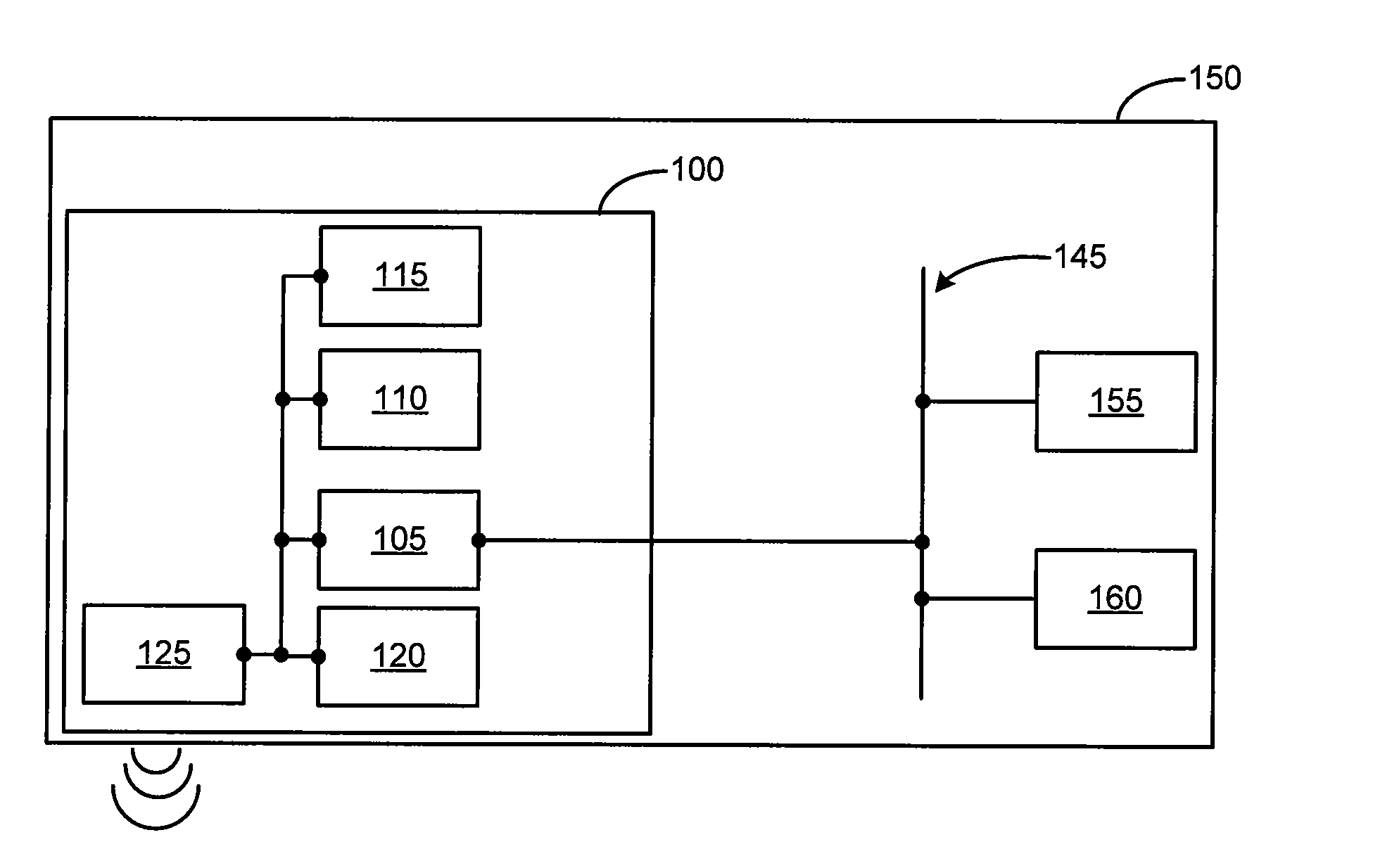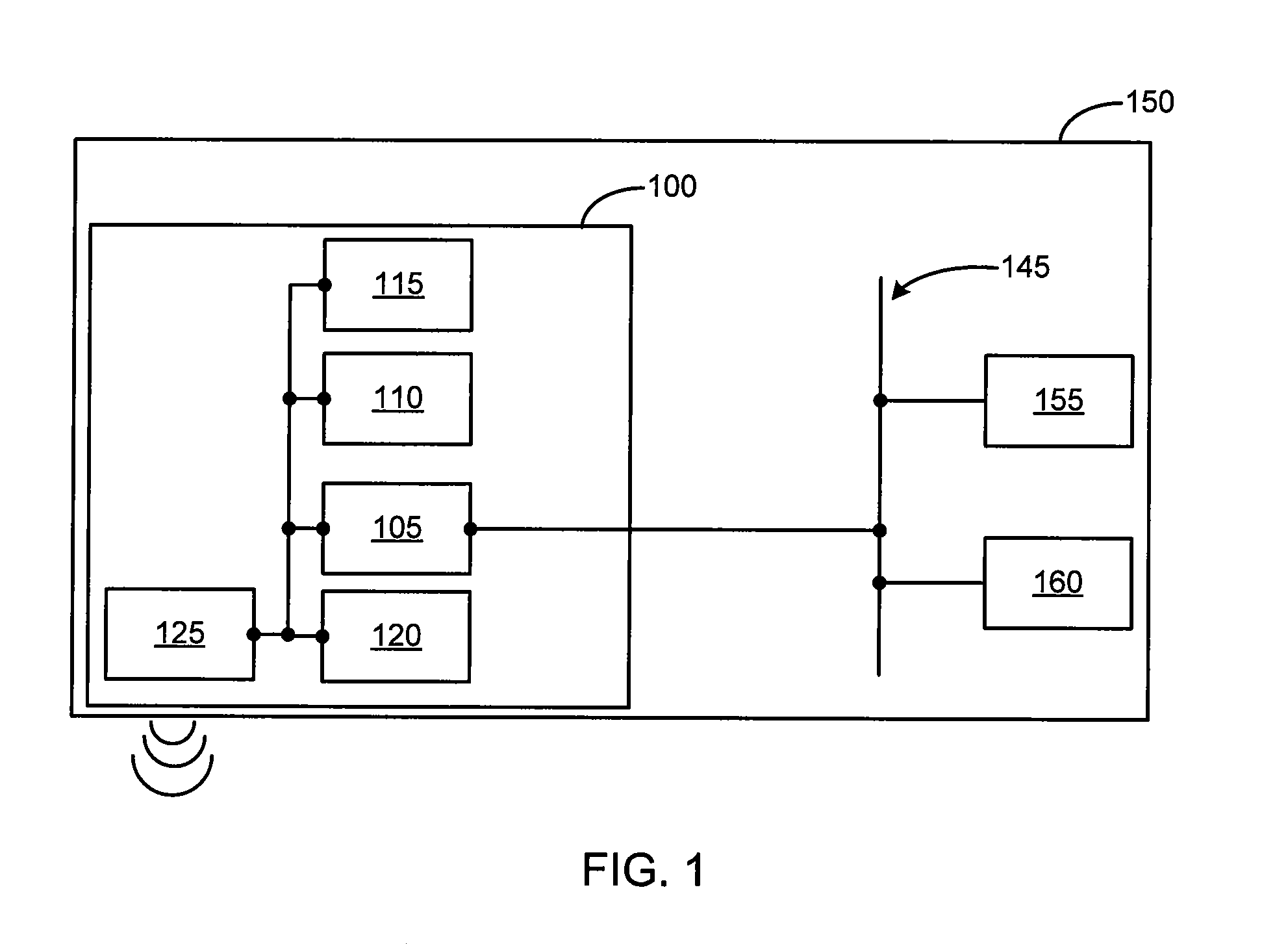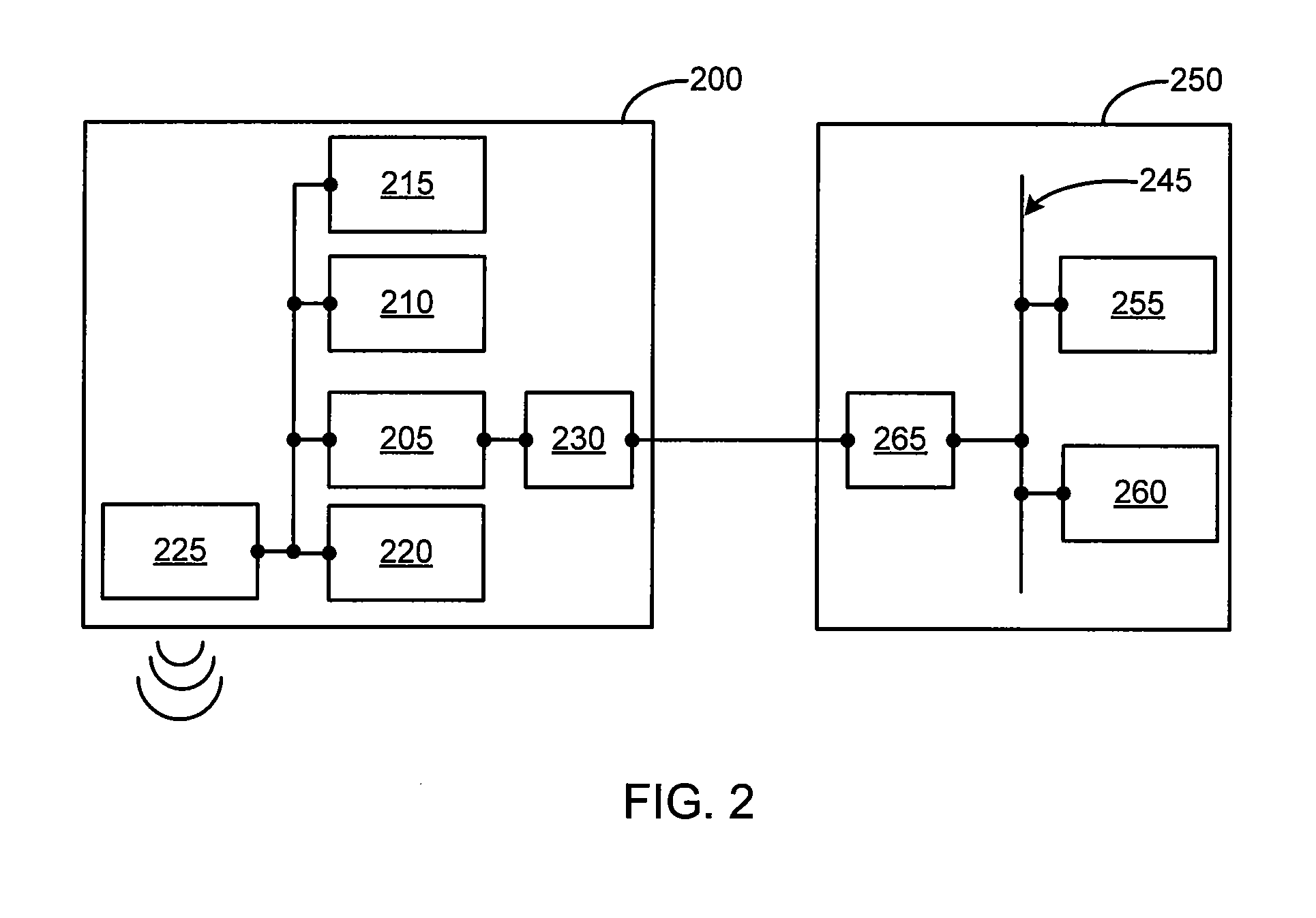Navigation system activation of a vehicular directional signal
a technology of navigation system and turn signal, which is applied in the field of navigation system, can solve the problems of compromising affecting the safety of passengers, and the navigation system is still not optimal, so as to prevent the automatic deactivation of the turn signal and promote safety
- Summary
- Abstract
- Description
- Claims
- Application Information
AI Technical Summary
Benefits of technology
Problems solved by technology
Method used
Image
Examples
Embodiment Construction
[0022]Apparatus, systems and methods that implement the embodiments of the various features of the present invention will now be described with reference to the drawings. The drawings and the associated descriptions are provided to illustrate some embodiments of the present invention and not to limit the scope of the present invention. Throughout the drawings, reference numbers are re-used to indicate correspondence between referenced elements.
[0023]Turning to FIG. 1, a navigation system 100 as depicted may be connected to the control system of the vehicle 150. In one example, the control system of the vehicle 150 includes a Controller Area Network (CAN) bus 145. The CAN bus 145 is a vehicle bus standard designed to allow microcontrollers and devices to communicate with each other within a vehicle. A modern automobile may have as many as 70 electronic control units (ECU) for various subsystems. For example, ECUs may be used for controlling the turn signals, in addition to other vehi...
PUM
 Login to View More
Login to View More Abstract
Description
Claims
Application Information
 Login to View More
Login to View More - R&D
- Intellectual Property
- Life Sciences
- Materials
- Tech Scout
- Unparalleled Data Quality
- Higher Quality Content
- 60% Fewer Hallucinations
Browse by: Latest US Patents, China's latest patents, Technical Efficacy Thesaurus, Application Domain, Technology Topic, Popular Technical Reports.
© 2025 PatSnap. All rights reserved.Legal|Privacy policy|Modern Slavery Act Transparency Statement|Sitemap|About US| Contact US: help@patsnap.com



